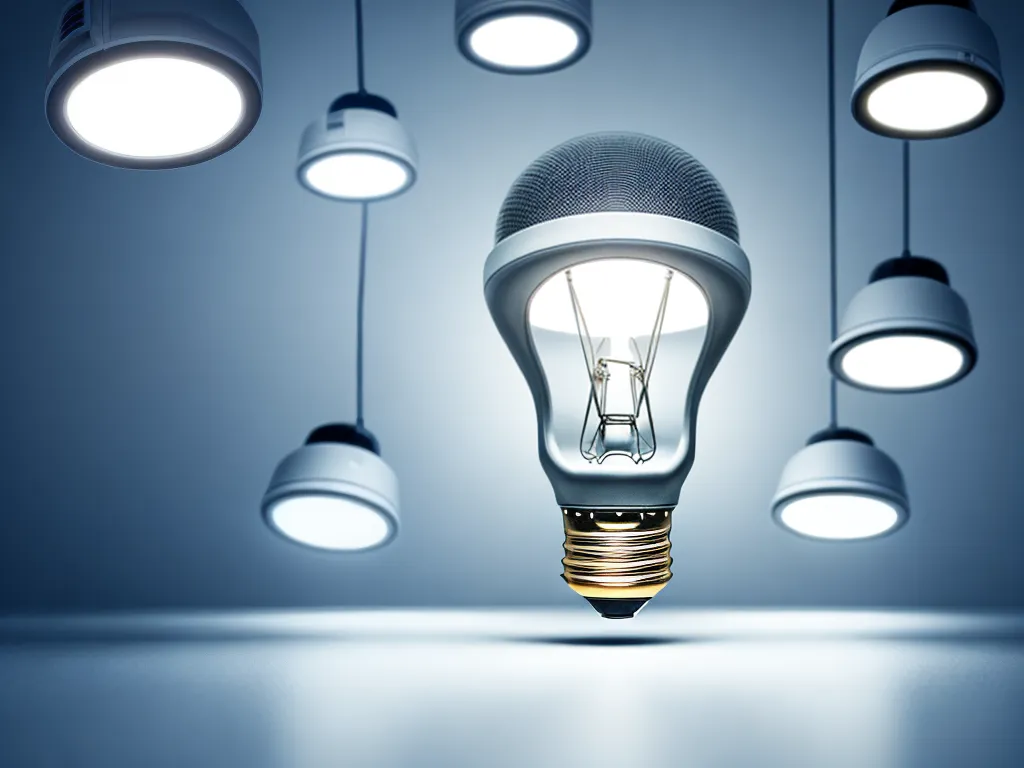
How to Reduce Your Business's Energy Costs With Smart Lighting
Introduction
Reducing energy costs is an effective way for businesses to save money. Lighting often accounts for a significant portion of a business's energy usage, so upgrading to more energy-efficient lighting can lead to substantial cost savings. Here's an in-depth look at how smart lighting upgrades can reduce your business's energy costs.
Conduct an Energy Audit
The first step is to understand your current energy usage. Hire an energy auditor to conduct a thorough audit of your lighting systems. They will document the types of bulbs, number of fixtures, and the wattage of existing lights. This establishes a energy usage baseline that can be used to calculate potential savings from an upgrade.
The audit should cover all spaces - production floors, warehouses, hallways, offices, bathrooms, outdoors, etc. Ask them to identify high-use areas where lighting accounts for a large share of electricity usage. Also have the auditor look for inefficient lighting, such as incandescent or halogen bulbs, as these are prime targets for replacement.
Calculate the ROI of Switching to LEDs
LED lighting offers the fastest payback and highest return on investment of all lighting upgrade options. Some key advantages of LEDs:
-
Energy savings: Use 50-70% less electricity than incandescents. Last 10-30 times longer, reducing replacement costs.
-
Brightness: Provide equivalent or better light quality compared to outdated bulbs.
-
Control: Dimming and automatic on/off controls further reduce energy use.
-
Long lifespan: Last 25,000-50,000 hours compared to 1,000 for incandescents.
-
Durability: Solid state design with no filaments or glass to break. Withstands vibration, cold, and moisture.
Have an electrical contractor estimate the upfront costs of a switch to LEDs. Get quotes for purchase price and labor costs. Then calculate the potential energy savings based on your current electricity rate and the wattage reduction with LEDs. This provides the ROI analysis to determine feasibility.
Take Advantage of Utility Rebates
Many utilities offer significant rebates and incentives to businesses for upgrading to LEDs and other energy-efficient lighting. Check with your utility company as rebates can offset 25%-75% of equipment and installation costs. This greatly improves the ROI on a lighting upgrade project.
Federal and state governments also offer tax credits, rebates, and low-interest financing programs for energy efficiency projects. Be sure to take advantage of all available incentives.
Automate Lighting Controls
Installing lighting automation systems can unlock additional energy savings:
-
Occupancy sensors turn lights on when a space is in use and off when vacant. No more manually flipping switches.
-
Daylight harvesting sensors dim artificial lights when sufficient natural light is available.
-
Scheduled on/off times match lighting to occupancy schedules, shutting off at night or during low-use periods.
-
Zone control turns off lighting in unused areas of large spaces.
-
Task tuning dims lights in areas where less light is needed for the required tasks.
-
Centralized control adjusts lighting across multiple spaces based on schedules and occupancy.
Automated controls generate savings by ensuring lights are only illuminated at the required brightness when and where needed.
Monitor Energy Usage
Once smart lighting upgrades are complete, monitor your electricity usage to validate the actual savings. Smart meters and energy management software can track lighting electricity use in real-time to identify additional savings opportunities.
Continuously monitoring energy performance provides the data needed to optimize your lighting systems for minimal electricity usage while still meeting operational needs. Share results with staff to encourage energy conservation habits.
Embrace a Continuous Improvement Mindset
View energy management as an ongoing process rather than a one-time project. As technology advances, new lighting products and controls will emerge that unlock additional savings. Set goals to continually improve your facility's energy productivity over time. Also train maintenance staff on conducting regular assessments of lighting systems to replace bulbs, adjust controls, and address issues that creep up over time.
Adopting smart lighting strategies takes some upfront legwork and investment, but pays ongoing dividends through lower utility bills. And reducing your business's carbon footprint demonstrates a commitment to sustainability that customers and employees value. By continuously refining your lighting strategy, you can maintain optimal energy efficiency and cost savings over the long run.